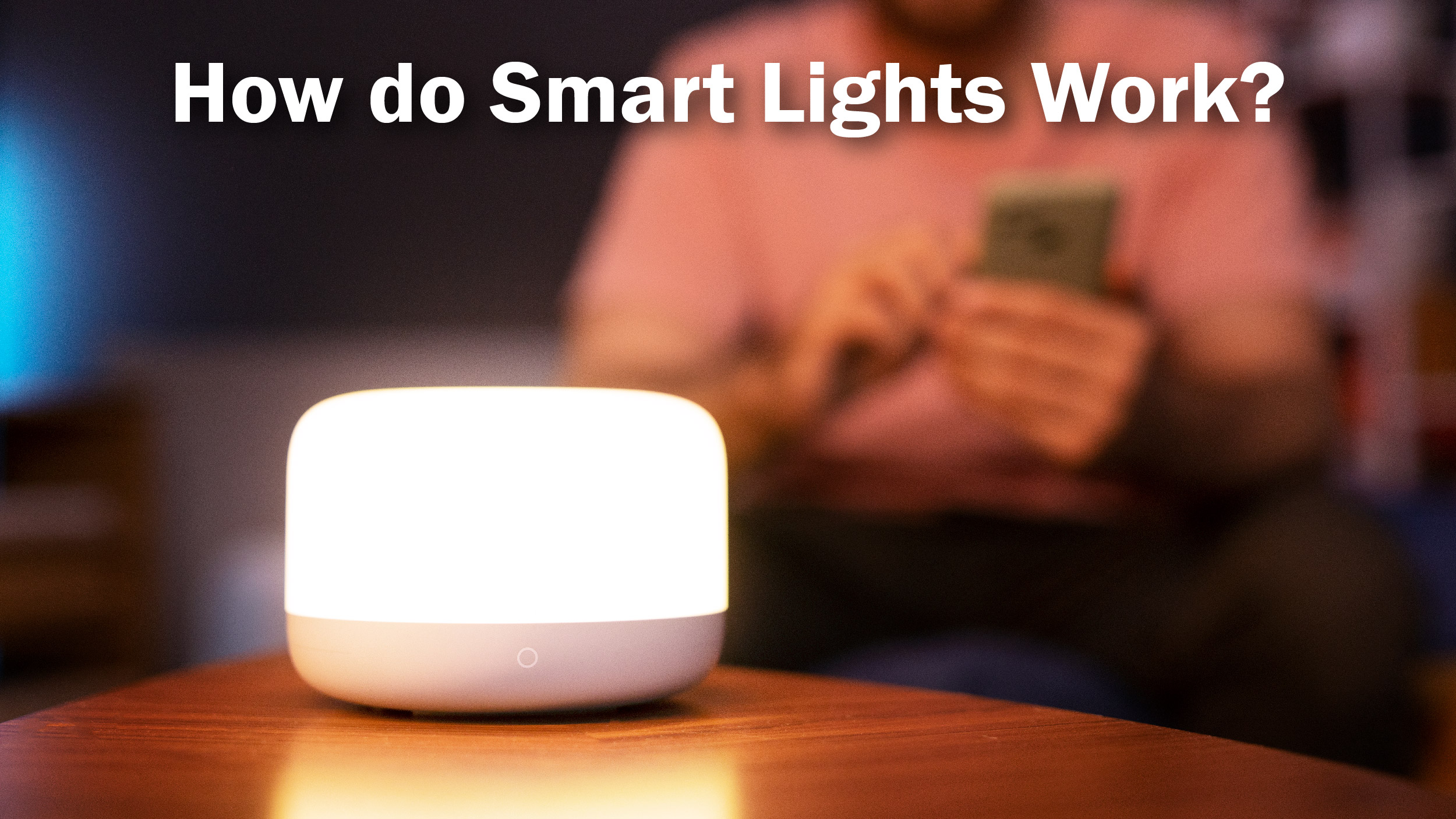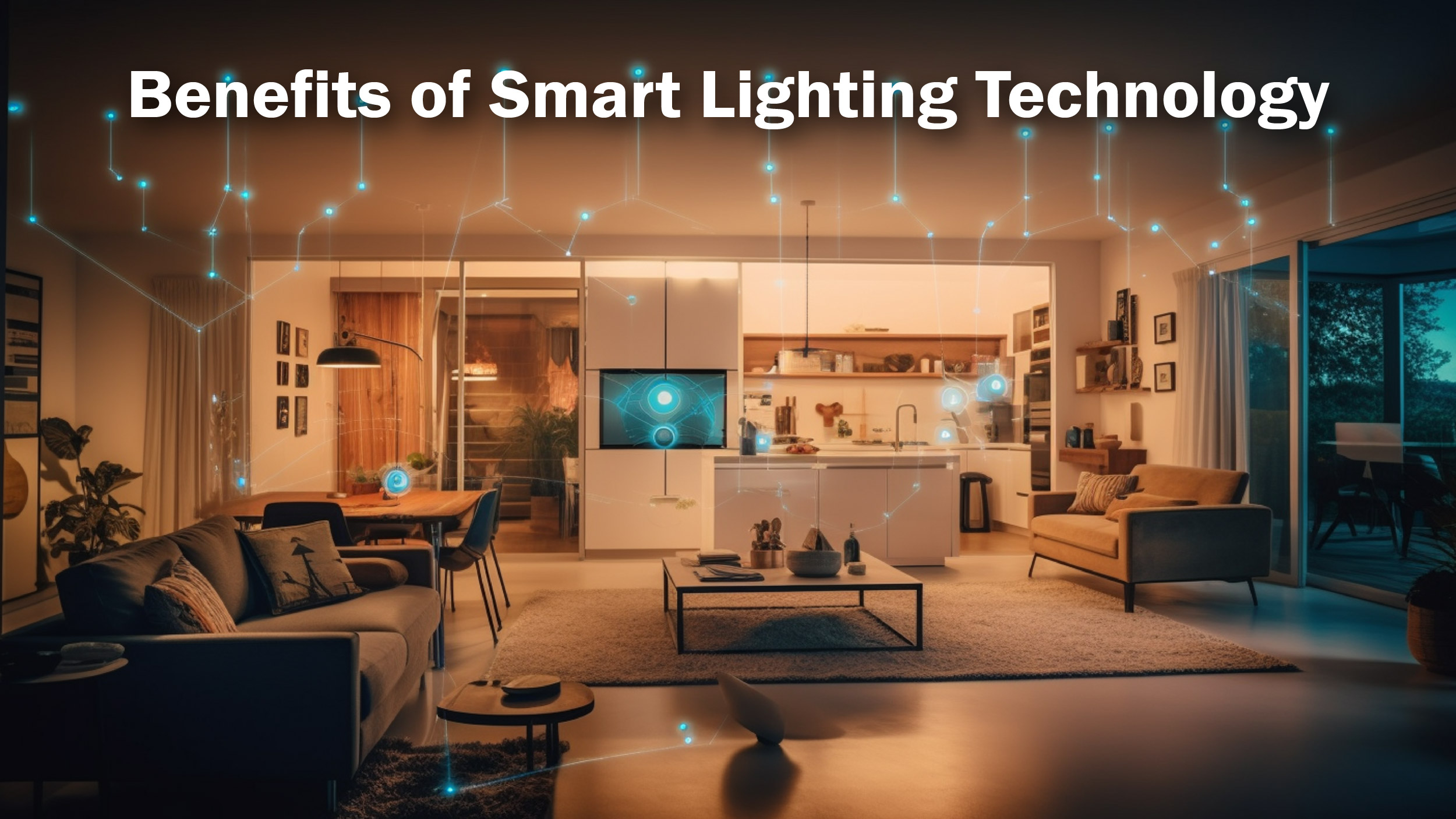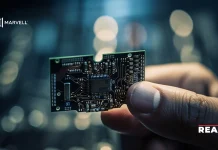Smart lighting is the one device that can easily give you the impression that you are living in the future. Smart lighting may be tuned to any color, any brightness, and any temperature and can be voice- or app-controlled (or automated, if you choose). You can choose from a variety of bulb kinds, LED strip lighting, chandeliers, and even a large selection of outdoor smart lights that are weatherproof.
Top products come from various manufacturers, including well-known brands like Philips Hue and budget-friendly alternatives. They seamlessly integrate with popular smart home systems and may offer extra features like motion sensors and customizable schedules. They’re also compatible with existing switches.
Let’s talk more about smart lighting technology and every aspect related to this amazing technology in this comprehensive guide.
What are Smart Lights?
Smart lights refer to lighting fixtures and bulbs equipped with the ability to autonomously sense and interact with their surroundings, as well as with users and other intelligent devices. In contrast to standard light bulbs that necessitate manual operation, smart lights can be managed remotely or via voice commands. They are typically linked to a wireless network, granting users the capability to adjust parameters like brightness, color, and more through a smartphone, tablet, or intelligent assistants like Google Assistant or Amazon Alexa.
Frequently utilizing LED technology, these lights offer heightened energy efficiency and extended lifespan when compared to traditional incandescent bulbs. This technology provides an array of advantages, including reduced energy consumption, enhanced convenience, and the capacity to craft personalized lighting environments.
How do Smart Lights Work?

Smart lights are wirelessly connected to a central controller, whether it’s a hub or a smart home platform. This controller is important for setting up these lights. Usually, smart home hubs connect devices on the same Wi-Fi network. These lights, being Wi-Fi-enabled, connect to the internet wirelessly.
Smart light bulbs can be connected to a dedicated hub or directly to the Wi-Fi network. If connected to a hub, the hub acts as a gateway between the lights and your mobile devices, processing commands and forwarding instructions. If connected directly to Wi-Fi, instructions can be sent to the lights over the internet from your phone, tablet, or smart speaker.
Smart lights with adaptive features can operate independently of wireless communication. These lights are equipped with sensors that can detect environmental changes. For instance, smart bulbs with daylight or motion sensors can automatically turn on and off without the need for hubs or internet connectivity when motion is detected.
Types of Smart Lighting Systems
Homeowners have a wide array of smart lighting choices, from switches, bulbs, and lamps to complete home systems. Let’s quickly explore some popular options.
1. Smart Light Bulbs
Smart bulbs with Wi-Fi connectivity can be used in traditional bulb holders. These can be controlled remotely by pairing them with a local Wi-Fi network. You can put as many smart lighting bulbs as you want in your home.
2. Motion Sensing Lights
Motion-sensing smart lights use passive infrared sensors to detect movement and then automatically turn on.
3. Smart Lights Connected with the Hub
You can expand your smart lighting technology by installing the same technology in your existing smart home system. This smart lighting option connects to the internet through the hub. Unfortunately, they are not usable without the hub.
Depending on your preferred model, you have various ways to manage smart bulbs effortlessly. This includes using a remote control, your smartphone, or even voice commands through a digital voice assistant or smart display. In addition to simply turning the lights on and off, certain models allow you to conveniently adjust the brightness, color, and warmth from a distance. Another advantageous feature is the ability to program their behavior based on their daily schedule. For instance, you can schedule them to illuminate at dusk and automatically switch off at dawn. Furthermore, you have the option to group smart lights together and control the entire group simultaneously.
Benefits of Smart Lighting Technology

Regular LED or compact fluorescent bulbs are less expensive than smart lighting systems. However, they have numerous advantages that outweigh the initial price over time. The following are some of the benefits of employing these lights.
- Low Energy Usage: They assist in lowering the amount of energy/electricity required to light up your home.
- Boosts Security: When the smart lighting system detects unusual motion indoors or outside the home, you can set the smart lights to send signals to mobile devices.
- Long-Lasting: Incandescent bulbs usually last up to 2,000 hours, whereas LED smart lights can last way longer, 50,000 hours to be precise, all on a single charge.
- Customizable: You can set bulbs to turn on when you get home from work in the evening, dim them, or turn them off when you go to sleep.
Today, technology is developing and advancing in the direction and taking us towards tremendous interconnectivity that will make our lives easier and more convenient. Smart lighting technology is a small step in this direction.
The Future of Smart Lights
Smart lighting represents one facet of the Internet of Things (IoT), which encompasses a network of interconnected ‘smart‘ devices linked to the internet.
Picture this scenario as you manage your morning routine through your smartphone:
Your alarm goes off, and you either turn it off or hit the snooze button with a groggy voice command. Shortly after, the lights gently brighten, or the window blinds rise to gently nudge you awake.
Almost imperceptibly, room lights illuminate as you navigate your home, preparing for the day. Your toast pops up, and the coffee machine finishes brewing just as you enter the kitchen.
You take a few extra minutes to savor your breakfast, and just before the typical rush-hour traffic hits, a friendly voice reminds you it’s time to leave. Your car powers up automatically as your front door locks behind you. As you drive away, your home’s lights gradually dim and turn off on their own.
Now envision this technology encompassing an entire city, where streetlights activate in response to approaching vehicles. A city where traffic lights synchronize perfectly with approaching vehicles, and car headlights automatically adjust to external conditions.
This represents the trajectory of technological progress, a vast interconnected network designed to simplify and enhance our lives. Smart lighting serves as a small but tangible glimpse into this future, a model that is already available for us to deploy today.




